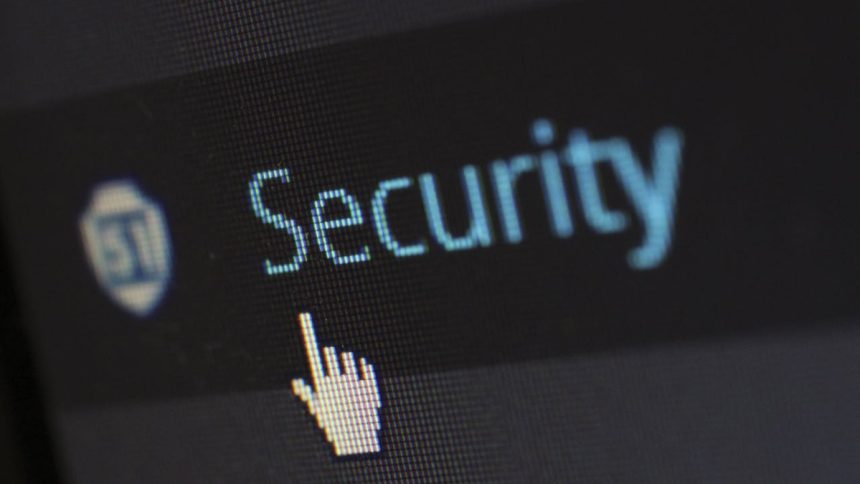Cybersecurity might feel like a big-business problem, but that couldn’t be further from the truth. Small and medium-sized businesses (SMBs) are increasingly in the crosshairs of cybercriminals. In fact, many hackers see SMBs as easy targets because they assume smaller businesses lack defenses. That’s why it’s more important than ever for SMBs to invest in security protocols that protect their operations, employees, and customers.
In this article, we’ll walk you through the top five security protocols every SMB should implement in 2025. These strategies are designed to keep your data safe, protect sensitive communications, and ensure your business thrives without interruptions.
1. Encrypt Your Communications with Secure Protocols
In today’s digital age, nearly everything is connected. Emails, file sharing, and internal chats all rely on networks to function, and that makes secure communication essential. One of the most important steps your business can take is encrypting all its communications.
Protocols like HTTPS, Secure Socket Layer (SSL), and Transport Layer Security (TLS) are the backbone of secure communication. They make sure that any data shared between your systems and external platforms remains confidential and safe from prying eyes. Hackers often exploit unencrypted communication channels to intercept sensitive information like login credentials, business secrets, or even financial transactions.
This is where man in the middle attack prevention becomes crucial. A man-in-the-middle (MitM) attack happens when a hacker covertly intercepts and alters the communication taking place between two parties. Encryption protocols such as TLS ensure that even if a hacker intercepts your data, they can’t read or modify it. Simply put, encryption is your best defense against eavesdropping and data theft.
Implementing secure communication protocols is the first step toward protecting your business from one of the most common cyber threats. It’s a small investment that pays off massively in peace of mind and security.
2. Implement Multi-Factor Authentication (MFA)
Passwords alone aren’t enough anymore. Cybercriminals have countless ways to steal or guess passwords, from phishing scams to brute force attacks. That’s why multi-factor authentication (MFA) has become a must-have for businesses of all sizes.
MFA improves security by requiring users to verify their identity with more than just a password. For example, after entering their password, users may need to complete authentication using a one-time code sent to their phone or through a fingerprint scan. This additional security step significantly increases the difficulty for attackers to gain access, even if they have obtained a user’s password.
For SMBs, MFA is a practical and effective way to secure everything from employee email accounts to cloud storage services. Many platforms, like Google Workspace or Microsoft 365, now include built-in MFA features. Activating these tools is a simple but powerful step toward protecting your business.
3. Adopt DNS Security Extensions (DNSSEC)
Every time you visit a website, your device relies on the Domain Name System (DNS) to find the right server. Think of DNS as the internet’s phonebook—it matches website names to their corresponding IP addresses. Unfortunately, this essential system is also a popular target for cybercriminals.
Without protection, hackers can manipulate DNS queries to redirect users to fake websites or intercept sensitive data. DNS Security Extensions (DNSSEC) is a protocol designed to authenticate DNS queries, adding a security layer to confirm that the information delivered to your devices remains unaltered.
Adopting DNSSEC is an excellent way for SMBs to defend against DNS spoofing and phishing attacks. It helps build trust with customers by ensuring that their website is legitimate and secure. Plus, many domain registrars now offer DNSSEC support, making it easier than ever to enable this feature for your business.
4. Use Secure File Transfer Protocols
File sharing is a routine part of running any business. Whether you’re sending contracts, invoices, or project updates, there’s always a risk that sensitive files could fall into the wrong hands. Unfortunately, many businesses still rely on outdated or unsecured methods of file transfer.
Protocols like Secure File Transfer Protocol (SFTP) and File Transfer Protocol Secure (FTPS) are designed to protect your files during transit. They use encryption to ensure that data can’t be intercepted or tampered with as it moves between systems. These protocols are especially important when sharing confidential information with clients, partners, or vendors.
Switching to secure file transfer protocols is a simple change that can make a big difference. It ensures that your files are protected from hackers, helping you maintain trust and avoid potential data breaches.
5. Regularly Update and Patch Systems
One of the easiest ways for cybercriminals to exploit your business is through outdated software. Every application or operating system has vulnerabilities, and developers regularly release updates to fix these weaknesses. If you’re not keeping your systems up to date, you’re essentially leaving the door wide open for hackers.
Regular updates and patches are your first line of defense against known exploits. This applies to everything from your operating system and web browsers to third-party applications and plugins. Many SMBs find it helpful to use automated patch management tools, which ensure that updates are installed as soon as they’re available.
It’s also important to educate your team about the importance of updates. Make it clear that delaying updates can put the entire business at risk. By staying proactive about patches, you’re taking a critical step toward protecting your systems from cyber threats.
The digital landscape is evolving fast, and so are the tactics of cybercriminals. As an SMB, you can’t afford to ignore the importance of cybersecurity. Implementing these five security protocols—encryption, MFA, DNSSEC, secure file transfers, and regular updates—can significantly strengthen your defenses in 2025.
Cybersecurity doesn’t have to be overwhelming. Start with one protocol and gradually work your way through the list. The key is consistency. By taking small but steady steps, you’ll create a safer environment for your employees, customers, and data.
Remember, protecting your business isn’t just about avoiding downtime or fines—it’s about building trust. When your customers know their data is safe with you, they’ll be more likely to stick around.
Lynn Martelli is an editor at Readability. She received her MFA in Creative Writing from Antioch University and has worked as an editor for over 10 years. Lynn has edited a wide variety of books, including fiction, non-fiction, memoirs, and more. In her free time, Lynn enjoys reading, writing, and spending time with her family and friends.















